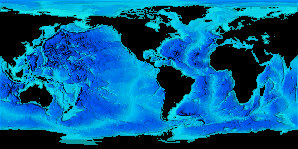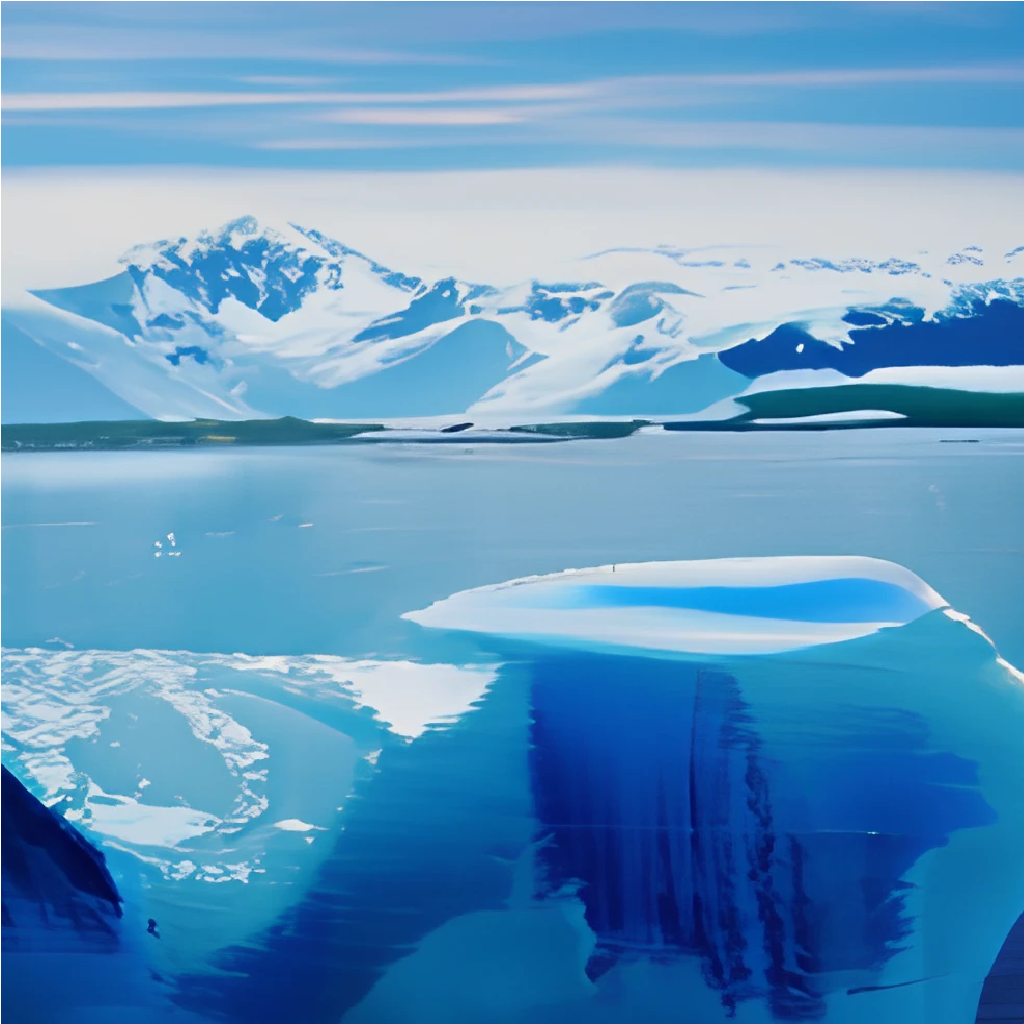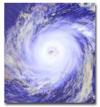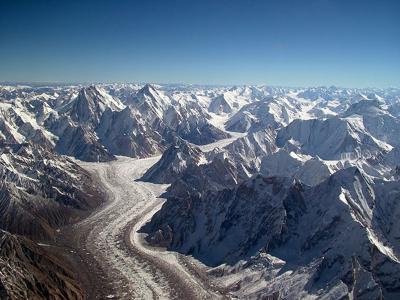- Air Homepage
- About us
- Meteorology Graduate Online
- Earth Science Articles
Explore our fascinating world with Earth Science articles
Find more short science articles.
The earth science articles listed below show what weather has to do with geography and geology. Things like weather, concepts, technologies, etc. Check it out.
Want to learn about our amazing planet Earth? Adventure stories can teach us cool stuff about the world. Just like how you build sandcastles on the beach, the weather and the land are connected.
Also learn how detectives solve mysteries by studying Earth and about global warming and how we can all help. Let's explore Earth together, learn amazing stuff, and have a blast!
When you read scientific articles, you discover more about the Earth's systems and how human activity affects them. Further, these articles can help you understand the different disciplines within Earth science, like meteorology, geology, and ecology. In addition, these articles can give you insight into the latest research developments.
Exploring Earth: Adventure, Science, and Discovery
People love reading about earth sciences for a lot of other reasons too.
- Earth sciences provide a fascinating window into the workings of our planet: Humans are curious about the world around them. There are endless phenomena to explore, from tectonic plates to weather patterns.
- Understanding the environment: As we become more aware of the impact of human activities on the environment, many people are interested in learning about the earth's systems and how we affect them. Earth sciences can help us understand how humans interact with the natural world and the consequences of our decisions.
- Exploring new places and discovering new things: Many people love the adventure and excitement of exploring new places. Even if the reader can't travel to the locations discussed, reading about earth sciences can provide a sense of discovery and exploration.
- It's fun to learn new things and expand your knowledge. We learn a lot about the world we live in through earth sciences, from geology to oceanography to meteorology.
One example that has been around my whole life and that I've loved is The National Geographic Magazine, which features articles and photos about nature, culture, history, and science. Published since 1888 by the National Geographic Society, a non-profit organization dedicated to exploration, conservation, and education, the magazine is known for its high-quality photography and in-depth reporting.
Each issue of this magazine has several feature articles, short pieces, and photo essays. Articles cover wildlife, geography, anthropology, archaeology, history, and environmental issues. Maps, infographics, and other visual aids help readers understand complex topics.
Many iconic images have graced the pages of National Geographic over the years. There are also photography contests and up-and-coming photographers featured in the magazine. It's also available online and on mobile devices. There's also video content and interactive features on the website, plus back issues.
The common thread in reading about earth sciences is a fascination with the natural world and a desire to learn more about it.
Here are some earth science articles on StuffintheAir.com
Integration Meteorology and Plate Tectonics - Meteorology and Plate Tectonics - What does the movement of the earth's surface have to do with the air? Changes in the atmosphere are caused by the movement of the Earth's surface. Changes in air pressure cause winds to blow, which can cause storms. Air quality can also be affected by the temperature of the Earth's surface, which can cause temperature inversions, which trap pollution close to the ground. Also, if the plates slowly change the flow patterns in the ocean water, that could affect the flow patterns in the air too.
Volcanic eruptions, caused by plate movement, can also change the weather. These kinds of links may have existed through geological history, too.
Check out the Stuff in the air article on ancient climates. For instance, the article mentions that during the Holocene, the Earth experienced thermal maxima, with temperatures 3-4°C higher than today's. To learn more about the past, check out Milankovitch Cycles. Thermal maxima were caused by changes in the Earth's orbit and tilt. As the Earth's orbit and tilt change, more or less solar radiation enters the atmosphere, changing global temperatures.
House Picture Satellite - Before Google Earth, the U.S. Geological Survey let you view your house and neighborhood on satellite photos. There was a lot of history there. Satellite technology articles cover the technical issues associated with that kind of capability, or at least the technology at the time.
Can you do it better?
You like this Idea? It works for its intended purpose, but probably is not perfect. Why not?
Do you know of a better one? We'd all like to see it, I'll bet. A penny for your thoughts.
Other people and their ideas...
Click below to see hi-tech contributions from other visitors to this page...
Man Made Weather 




I don't think that idea has actually been proven at all. Just another reason to give us people who have no way of testing these "ideas" given by certain …
An air- raising affair 




We are all aware about the drastic changes in climate over the years. And to top it up, frequent catastrophes like Tsunami, Earthquakes etc. etc.
These …
Global Warming Questions 



I Have a list of global warming questions:
1. What are your thoughts on global warming? Does it exist? How serious do you think it is?
2. What signs …
World Ocean Sea and river Not rated yet
An overview regarding the ocean, sea and river. Such a beautiful view to see the world covered with water fully.
But recently the water part of certain …
Global warming and what we can do to stop it Not rated yet
Water bodies like oceans and seas, the air and the climate of the earth are intricately connected to one another. Any effect on any one of them will surely …
Natural Resource of Canada - We all know that industry affects the environment. In this article, we'll explore the mining industry, its interactions with the environment, and what a good environmental consulting company can do. We care about the air, as expected.
Here's an article that goes into greater depth about volcanoes and their effects on weather, including some examples from history. Following the 1991 Mount Pinatubo eruption, aerosol optical depth increased significantly, resulting in a drop in average global temperature of about 1 degree F (0.6 degrees C).
Earth science articles about...
...our planet, the weather, and the water. Ecosystem fresh water - Links to related earth science articles and a big picture of environmental site remediation. Read this pollution article to find out what hydrogeologists can do for the environment. There are a lot of things that change the quality of watercourses, and industry doesn't want to be one of them.
Grams per Liter - Here's an article on fundamental science concepts that apply to several fields. We're comparing things' density to common household items. Because concentrations are also measured in grams per litre, we can easily apply the concept to air quality regulations.
Meteorology for kids - Here are a few ideas for teachers about weather. These articles refresh adult minds who may have forgotten a few basic concepts over the years. There's also a lab demonstration.
As you climb higher into the atmosphere, the air temperature goes down, right? Not always. Inversions are exceptions to this rule. It's just one of the amazing things about our world.
Solution Global Warming - We can't talk about our planet's plight without mentioning global warming. You probably already know a lot about it. Earth science articles in this series will highlight those highlights and show you some new stuff.
Here's a portal to archived science articles...
Blowin in the Wind
Go back from this Earth Science Articles page to the Weather Man webpage now.
Search this site for more information now.
What is your area of expertise in Earth Science?
Meteorology, geology, ecology. Earth science articles and other air related items to explore.
Do you have concerns about air pollution in your area??
Perhaps modelling air pollution will provide the answers to your question.
That is what I do on a full-time basis. Find out if it is necessary for your project.
Have your Say...
on the StuffintheAir facebook page
Other topics listed in these guides:
The Stuff-in-the-Air Site Map
And,
Thank you to my research and writing assistants, ChatGPT and WordTune, as well as Wombo and others for the images.
GPT-4, OpenAI's large-scale language generation model (and others provided by Google and Meta), helped generate this text. As soon as draft language is generated, the author reviews, edits, and revises it to their own liking and is responsible for the content.









New! Comments
Do you like what you see here? Please let us know in the box below.